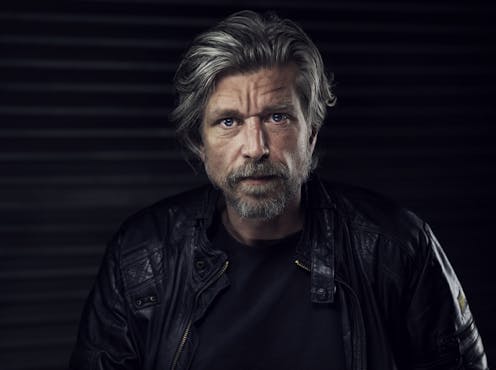Knausgaard's ambitious new novel imagines Europe's last decades – ending with an ominous star and the return of the dead
- Written by Alexander Howard, Senior Lecturer, Discipline of English and Writing, University of Sydney

The Norwegian writer Karl Ove Knausgaard is a 21st-century literary phenomenon. Talked up as a contender for the Nobel Prize in Literature, he has been compared to some of the greatest writers of all time: Fyodor Dostovesky, Marcel Proust, Roberto Bolaño. His work challenges conventional assumptions about content and form, and resonates with readers across the world.
Knausgaard’s magnum opus – the six-volume, 3,600-page autofictional epic My Struggle (Min Kamp) – has been translated into 35 languages. It’s sold half a million copies in Norway alone – a remarkable statistic, as Norway’s population is roughly five million.
Cultural commentator Jesse Baron summed up its impact:
Knausgaard has written one of those books so aesthetically forceful as to be revolutionary. Before, there was no My Struggle; now there is, and things are different.
In 2020, Knausgaard followed up his “revolutionary” bestseller with The Morning Star (Morgenstjernen), the first in a new cycle of novels.
By turns didactic and entertaining, the action of this enormous novel revolves around the sudden appearance of a massive new star in the sky, which may or may not herald the arrival of Lucifer on planet Earth. The dead seem to be coming back to life. Norwegian black metal might have something to do with it all. (And yes, you did read that last sentence correctly.)
Knausgaard’s new, unabashedly formidable novel, The Wolves of Eternity (Ulvene fra evighetens skog), is set in the same fictional universe. In terms of plot, however, this only becomes fully apparent near the end, when the mysterious star appears in the sky – and it’s revealed there haven’t been any registered deaths in Norway for three whole days.
The Wolves of Eternity – Karl Ove Knausgaard (Harvill Secker)





